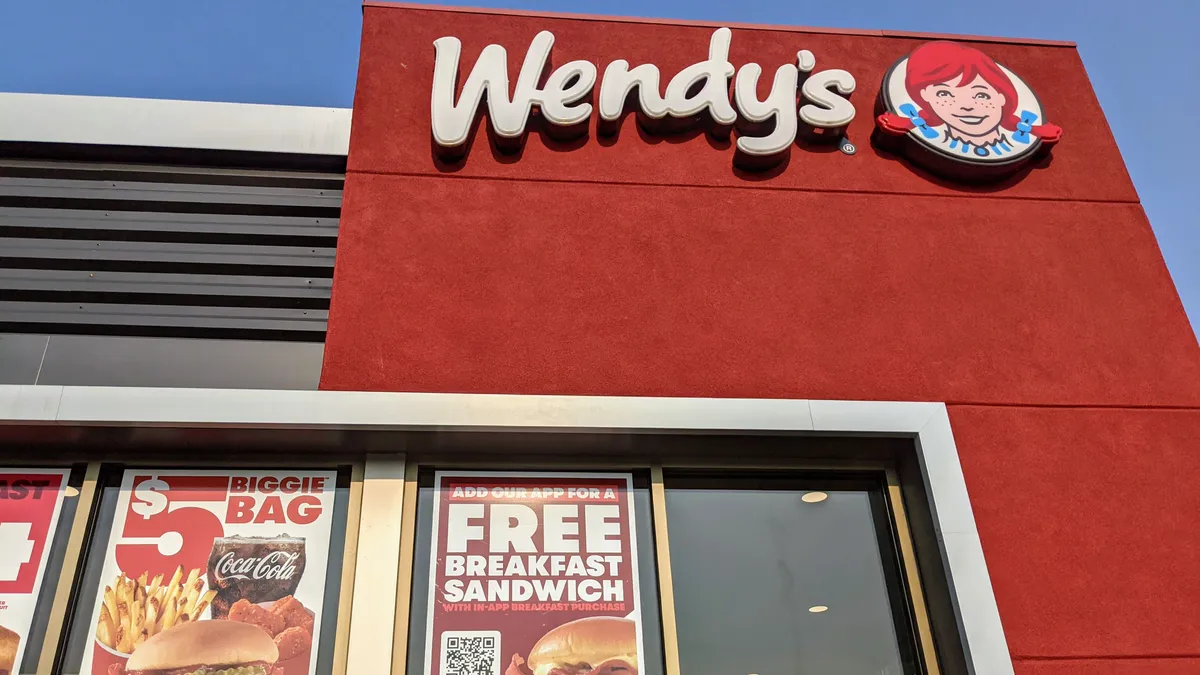Dive Brief:
- Nearly two-thirds of consumers have a negative reaction to dynamic pricing, according to a HungerRush survey released last week. Commissioned by HungerRush, Dynata surveyed 1,000 adults in the United States.
- Four in five consumers went as far as to say they would stop going to a restaurant altogether or go at different hours to avoid surge prices.
- Nearly half of diners said they were more understanding of local restaurants and smaller chains that raise prices. HungerRush suggested that smaller restaurants have more room to experiment with surge and dynamic pricing.
Dive Insight:
When Wendy’s CEO mentioned in an earnings call that the fast food restaurant was looking to introduce dynamic pricing in 2025, an uproar followed.
The idea that a burger would cost less in the morning than at lunch outraged customers, who took to social media to voice their displeasure. Within days, Wendy’s reversed its plans.
Consumers typically don’t react well to dynamic pricing, according to Jon Picoult, founder and principal of Watermark Consulting.
“The reason is because consumers really appreciate consistency and transparency and fairness in pricing,” Picoult said. “And so when they encounter something that sort of violates those tenets, it leaves them uncomfortable.”
Consumers are somewhat more tolerant of dynamic pricing in other industries. Take Uber, for example, which raises prices when demand is higher. Most customers accept the fact that an Uber will cost more when it’s raining than when it’s sunny and dry, Picoult said.
But the uproar around Wendy’s dynamic pricing plans goes to show the impact of price on customer experience, Picoult said. “Price and how prices are set plays an influential role in shaping customer impressions.”











